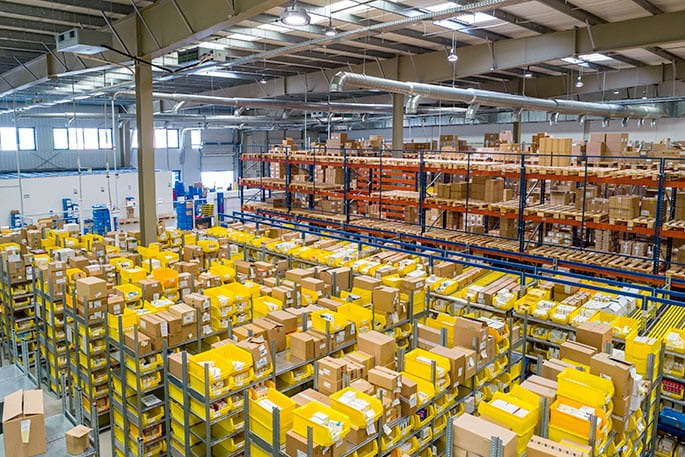The agri-food market
The agri-food sector is currently undergoing major upheavals and is having to reinvent itself accordingly. The major transformations at play demand responses to the evolving social, economic and environmental contexts. Supply chains, distribution formats and food processes are at the core of the new approaches that need to be implemented in order to guarantee the future of food production.
Indeed, there is a growing strategic trend among consumers: they are both highly attentive to their food budgets and extremely concerned about the conditions of food production (industrial risks, environmental consequences, etc.) and the working conditions of employees. What preoccupies them more than anything is responsible and sustainable consumption, particularly against the backdrop of the social networks and the media coverage of the health scandals that serve as acceleration factors for this model.

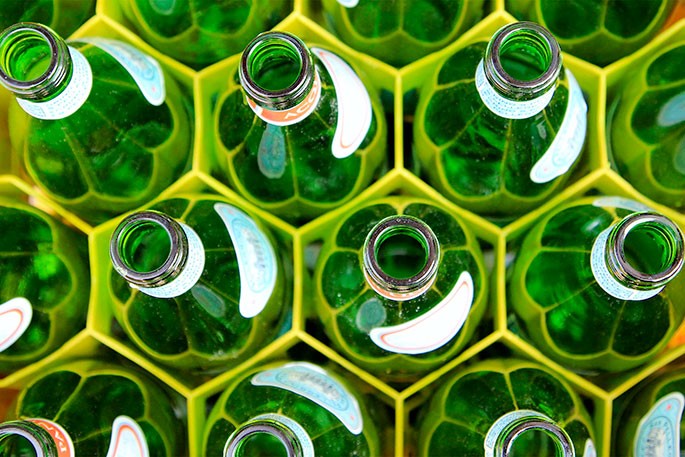
The liquids and beverages market
The beverages sector is today more innovative than ever. Faced with consumers who are ever-more demanding and curious for new trends, the sector is in the throes of upheaval and intense competition. This heightened competition can be put down to the new beverages arriving on the world market: new varieties of tea and coffee, new vegetable milks, etc. The sector's manufacturers therefore need to revamp their beverages or innovate while addressing the challenge of the life cycle of their products.
What sustainable alternatives to single-use? The choice of packaging strategy in the sector now comprises several variables: material, design, packaging and, not least, cost reduction. In the age of the circular economy, all packaging for liquids (beverages, cosmetics, health or pharmaceutical products) is destined to evolve.
The healthy and beauty market
With more than 564 billion in sales worldwide in 2022, the health & beauty market is expected to grow at an annual rate of 4.76% (CAGR 2022-2026).
This economic dynamism is reflected by a race in innovation and massive investments in R&D, against a backdrop of upheavals in the sector due to the increasingly strident demands from consumers for products that are more efficient, safer and more ecological, while complying with ethically irreproachable production methods.
The growth in the world's population constitutes a practically unlimited target market, while changes in lifestyles, particularly in terms of men's' consumption of cosmetic products, help to explain the ever-increasing market penetration.

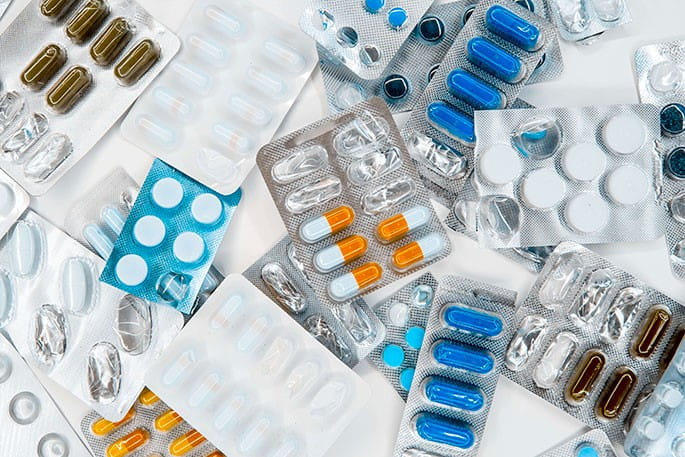
The pharmaceuticals and health market
In 2020, the world market in medicines was $1.203 trillion of turnover. This strong market growth (up 8% on 2019) can be put down in particular to the latest scientific innovations, as well as to the ageing of the world's population, to the extent that companies are continuing to invest and research into new levers of growth, such as the latest cutting-edge injectable medicines.
The biotech revolution, the development of generic medicines and the reinforcement of international patent regulations have generated major upheavals in the sector in the past 30 years. These developments have led to a transformation in the production model.
The industrial goods market
Representing 28,3% (vs 27,2% en 2018) of the world's GDP in 2021, the production of industrial goods remains a major pillar of the world economy, despite a clear and constant reduction in the quantities produced over recent years. On this strategic market, China continues to play a driving role, with 36,6% of the world's production: as much as continental America and only slightly less than Europe.
The production of manufactured goods is, as in many sectors of activity, directly concerned by the digital revolution, while remaining affected by ecological transition. With increasingly automated chains of production and distribution, the challenge will henceforth be to reduce the ecological impact of machines that can operate for up to 24 hours a day, and more generally the impact of the modes of mass production. Digital tools, through their measurement, analysis and control capacities, are now central to market developments.
Source : Banque Mondiale
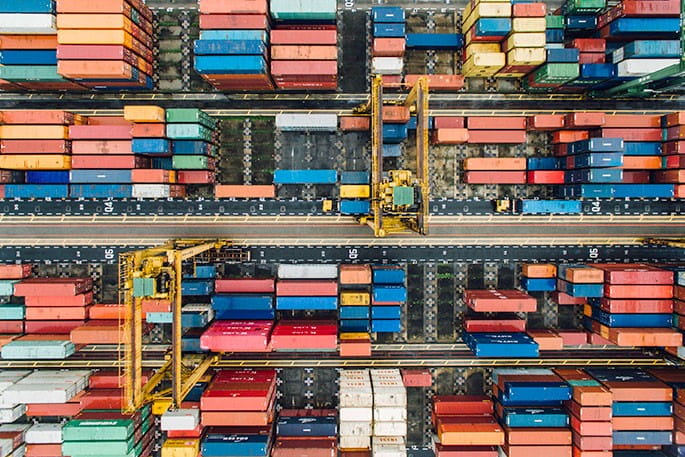
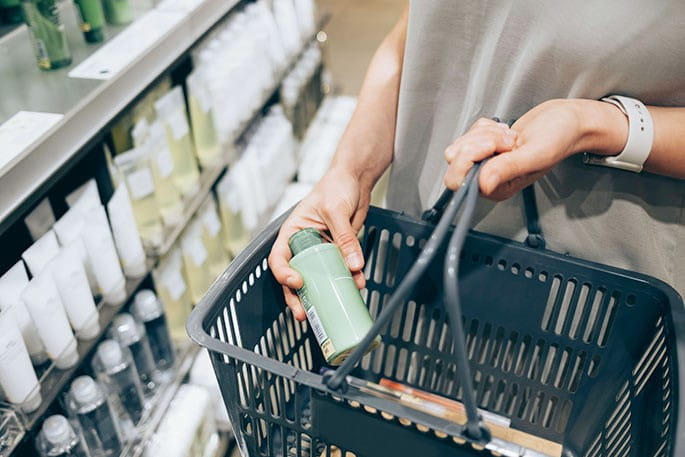
The consumer goods market
With more than $32 trillion spent worldwide in 2018, expenditure on household consumer goods represents more than half of the world's entire GDP (62%). This testifies to the importance of this sector to the world economy, despite intermittent slowdowns in recent years.
Globalisation and the global rise in the disposable income of households worldwide are opening up the consumer goods market a little more every day. The development of e-commerce is tending to extend the distance covered by a product between factory and end consumer. All these new pressures are forcing companies to rethink the way they operate and come up with innovative solutions to address, in particular, environmental issues.
Source : Statista
The retail and e-commerce market
As e-commerce maintains its momentum and profits from the growth in purchasing on mobile devices, retail is having to reinvent itself. Consumers now mix and match when it comes to physical and online purchasing, and this is disrupting the very model of how trading is done. Faced with these consumer trends, the market players need to adapt by offering new solutions and new services for customers who demand more and more. Product quality must remain constant, and products must be integrated in a process of total traceability from production to consumer, in as optimised a way as possible. Discover all the challenges and the specific solutions at ALL4PACK EMBALLAGE PARIS.
